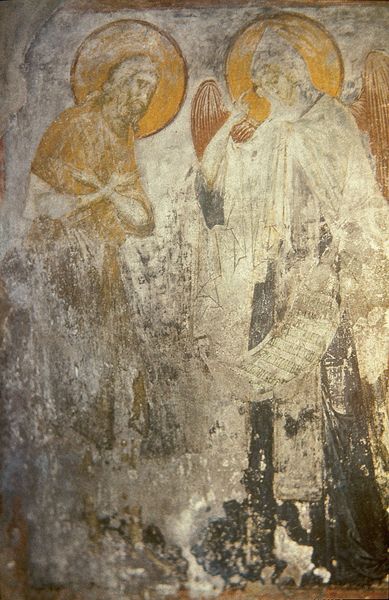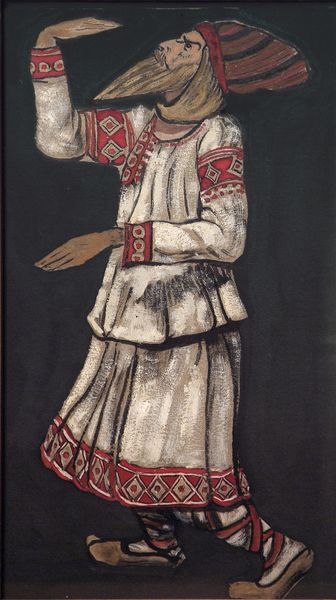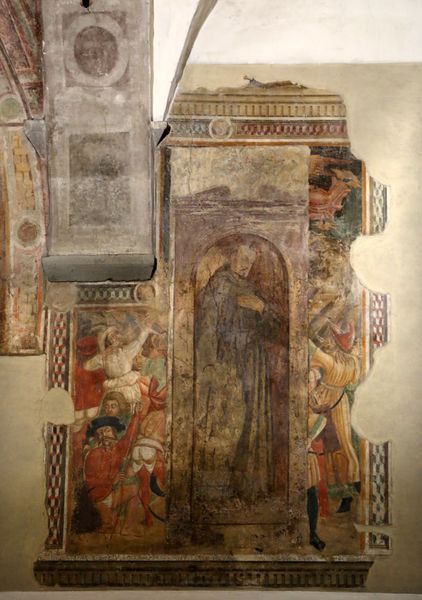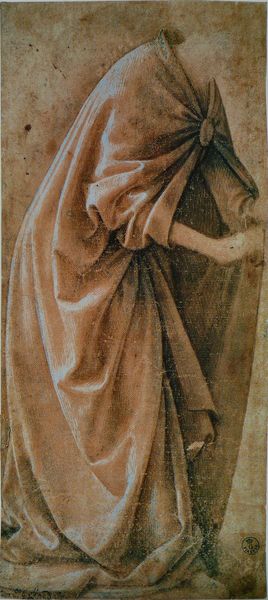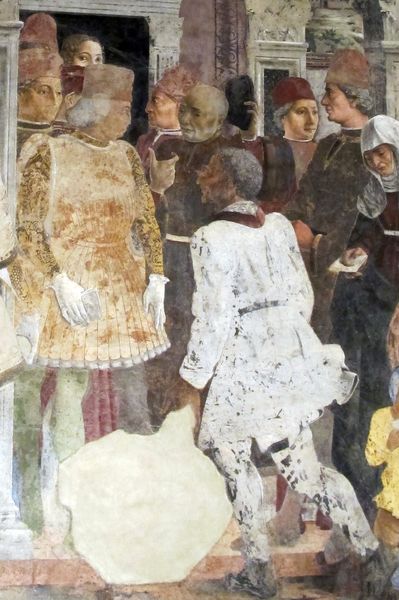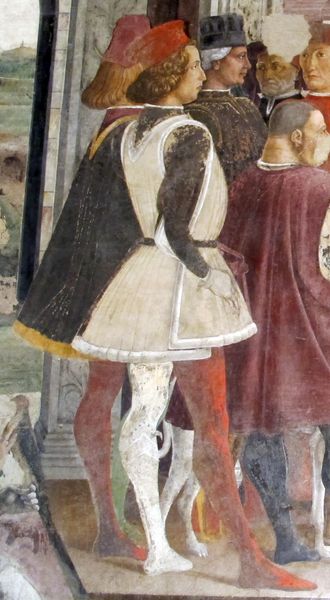
Allegory of March – Triumph of Minerva and Sign of Aries. Frescos in Palazzo Schifanoia (detail) 1470
0:00
0:00
fresco, mural
#
portrait
#
allegory
#
figuration
#
fresco
#
history-painting
#
italian-renaissance
#
mural
Copyright: Public domain
Francesco del Cossa painted this fresco as part of the "Allegory of March" in the Palazzo Schifanoia. In the foreground, a young child in a yellow tunic draws our attention. The child holds what seems to be a small object, a chalice perhaps, or a vial. Historically, childhood was represented through conventional symbols and gestures, to communicate innocence, purity, or vulnerability. These gestures echo across time: consider the motif of children offering flowers in ancient Roman art. Such a seemingly innocent gesture carries the weight of tradition and cultural memory. Even in the Renaissance, such as here in del Cossa's fresco, the image of children can be imbued with a complex symbolism. The chalice, for example, is a symbol of purity and is also frequently related to religious symbols. The child's yellow tunic also evokes a sense of hope and joy. These symbols work on a deep, subconscious level, triggering memories, emotions, and cultural associations that have accumulated over centuries. Symbols are never static. They resurface, evolve, and take on new meanings, connecting us to the past and shaping our understanding of the present.
Comments
No comments
Be the first to comment and join the conversation on the ultimate creative platform.
